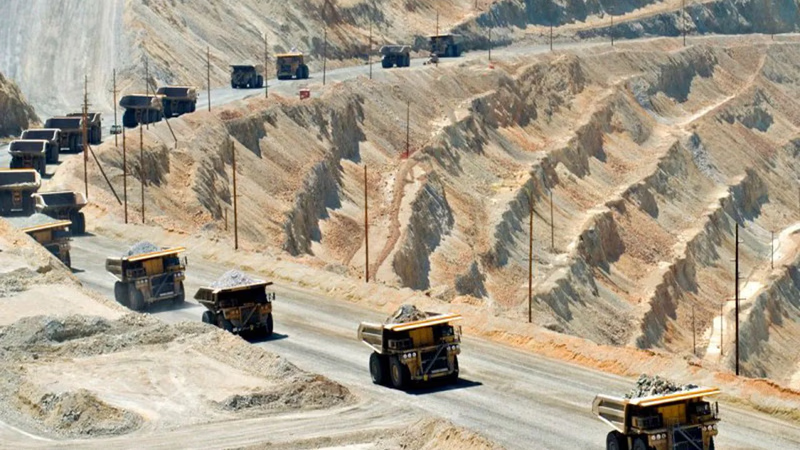
What drives the mineral trade in the Middle East and West Asia?
The mineral trade in the Middle East and West Asia is a cornerstone of the region"s economic framework, leveraging its abundant natural resources and strategic location. Key minerals such as chalcopyrite, chromite, hematite, bauxite, galena, sphalerite, coal, and cassiterite are extensively traded, fueling both local industries and global supply chains. For instance, the Middle East is a significant market for chalcopyrite, driven by demand for copper metal ores across Asian B2B marketplaces. Verified exporters and importers play a vital role in facilitating seamless transactions, especially when dealing with West Asian chalcopyrite suppliers.
Similarly, chromite—essential for stainless steel production—sees robust demand in the region, with Middle Eastern traders connecting buyers and sellers through regional product listings and trade advertising platforms. Hematite, an iron ore variant, is another key commodity, with suppliers in Asia and the Middle East supporting construction and manufacturing industries. The bauxite market, driven by aluminum production, highlights the region’s growing relevance in the global supply chain, aided by efficient import-export networks.
The Middle East is also a hub for galena (lead ore) and sphalerite (zinc ore), with these minerals integral to battery production and industrial applications. Coal trade continues to dominate energy sectors, while cassiterite (tin ore) garners attention for its role in electronics manufacturing.
Middle Eastern and West Asian mineral trade benefits significantly from platforms offering market insights, networking opportunities, and verified transactions. Aritral, an AI-driven B2B platform, enhances these dynamics by providing supply chain solutions such as product listings, global sales assistance, and AI-powered marketing, ensuring seamless trade operations across industries."
-
 Hossam 3 months ago
Hossam 3 months ago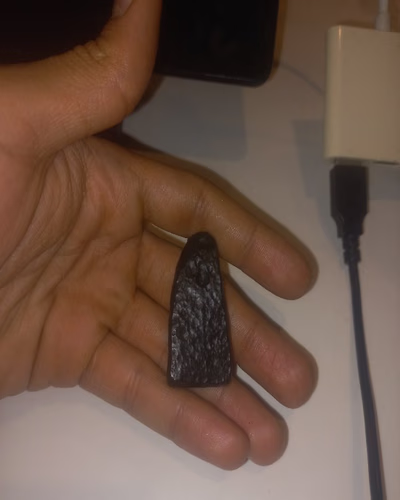 Saudi Arabia
Tsinat Meteor
Saudi Arabia
Tsinat Meteor
Tsinat meteor or taktit I don't know I want to sellDetails
-
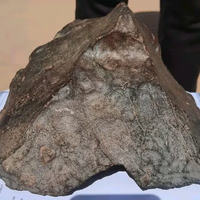 Kamal Go 1 months ago
Kamal Go 1 months ago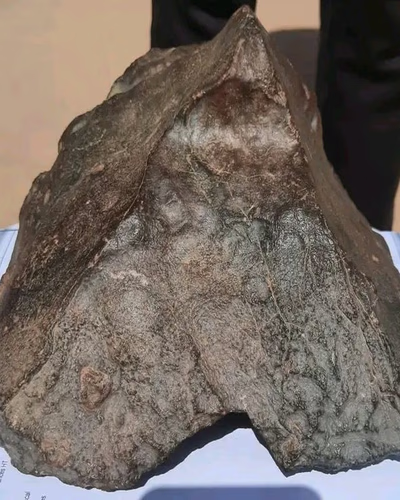 Morocco
Meteorites
Morocco
Meteorites
Meteorites are stones that fall from the skyDetails
-
 Ibrahim Suwar 1 months ago
Ibrahim Suwar 1 months ago Syria
Meteorite
Syria
Meteorite
A rare meteorite measuring 8.5 cm in length, 5.5 cm in width (widest point), and 3 cm in height at the peak. A magnetized stone located in the Badia o...Details
-
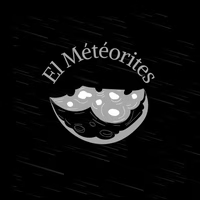 Najmeddin 1 months ago
Najmeddin 1 months ago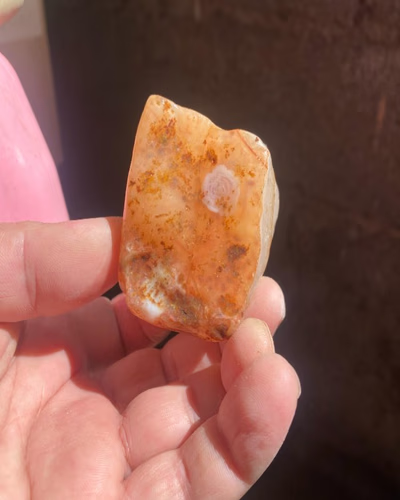 Morocco
Yellow Dendritic Opal (Merlinite)
Morocco
Yellow Dendritic Opal (Merlinite)
Dendritic opal, also known as merlinite, is a stone that combines white quartz with dendritic inclusions of psilomelane, thus creating a stone with un...Details
-
 Btm 3 months ago
Btm 3 months ago Pakistan
BTM Associate's
Pakistan
BTM Associate's
GeologistDetails
-
 Abu Jawad 4 months ago
Abu Jawad 4 months ago Saudi Arabia
For sale, please be serious in the sale - Gift from the Sky (Meteorites)
Saudi Arabia
For sale, please be serious in the sale - Gift from the Sky (Meteorites)
Rare meteorites and diamondsDetails
-
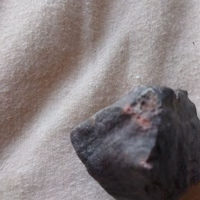 Mo Ali 1 months ago
Mo Ali 1 months ago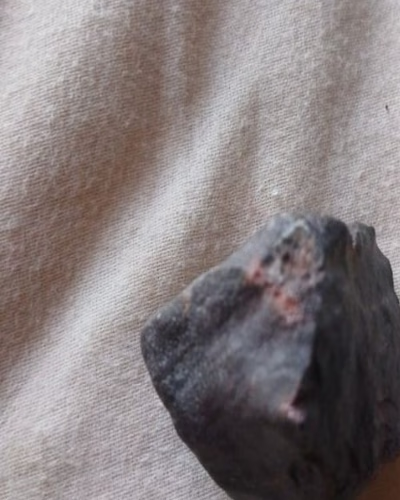 Egypt
Meteorite
Egypt
Meteorite
Rare meteoriteDetails
-
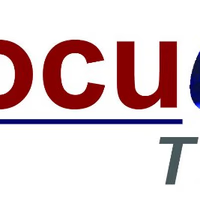 Rocu Gems Trading Ltd. 2 months ago
Rocu Gems Trading Ltd. 2 months ago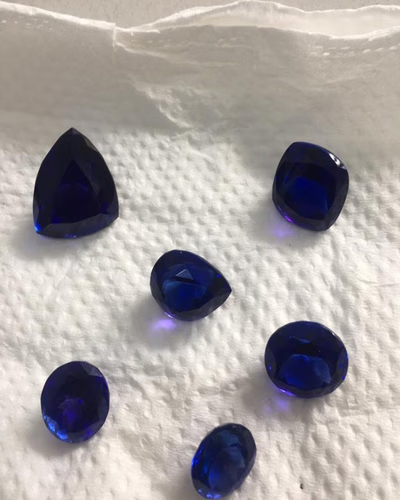 Tanzania
Gemstones
Tanzania
Gemstones
The gemstones of Tanzanite, sapphires, rubies, and spinels are the top gemstones extracted from our mines in Tanzania. \nSpeaking of Tanzanite, it is ...Details
-
 Abdullah Tanashat 4 months ago
Abdullah Tanashat 4 months ago Jordan
Stones
Jordan
Stones
MeteoriteDetails
-
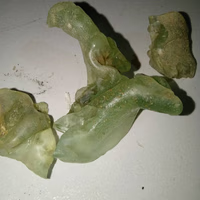 Qadur 2 months ago
Qadur 2 months ago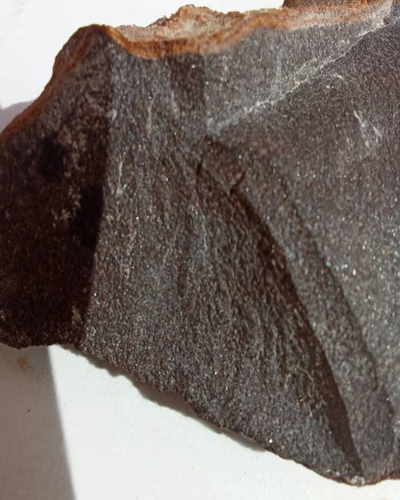 Algeria
Meteor
Algeria
Meteor
💌🤍Details
-
 Behnam Moradi 1 months ago
Behnam Moradi 1 months ago Iran
Diamond of Mill and Black Carbonado Diamond and Meteorite
Iran
Diamond of Mill and Black Carbonado Diamond and Meteorite
Hello, dear friends, I have some meteorites and carbonado diamonds and a few mill diamonds with a density of 3.52 and colored diamonds, as well as one...Details
-
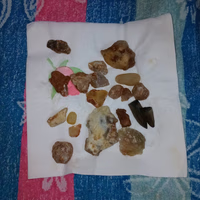 Faraj Abdalmouli 2 months ago
Faraj Abdalmouli 2 months ago Libya
Precious Stones
Libya
Precious Stones
I want to sell precious stones and meteorite stonesDetails
-
 Saif 1 months ago
Saif 1 months ago Jordan
Hematite Strength and Stability
Jordan
Hematite Strength and Stability
The hidden properties that you will not find on Earth except from Him and the call of the asceticDetails
-
 Roghan Haydrolik 1 months ago
Roghan Haydrolik 1 months ago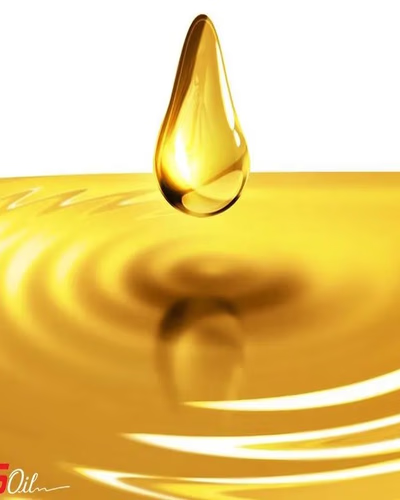 Iran
Hydraulic Oil
Iran
Hydraulic Oil
Sales of various motor oils, hydraulic oil (H68, H46) \nIn virgin formDetails
-
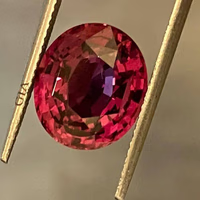 Ahjar Karima Wa Niyazk 1 months ago
Ahjar Karima Wa Niyazk 1 months ago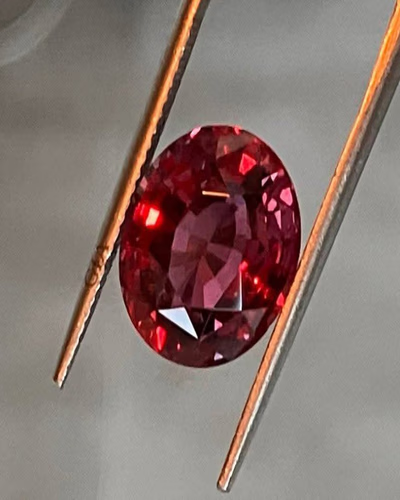 United Arab Emirates
Stones and Meteorites
United Arab Emirates
Stones and Meteorites
Precious and semi-precious stones, rare and common, meteorites, and volcanic rocksDetails
-
 Akbar Youssefzadeh 1 months ago
Akbar Youssefzadeh 1 months ago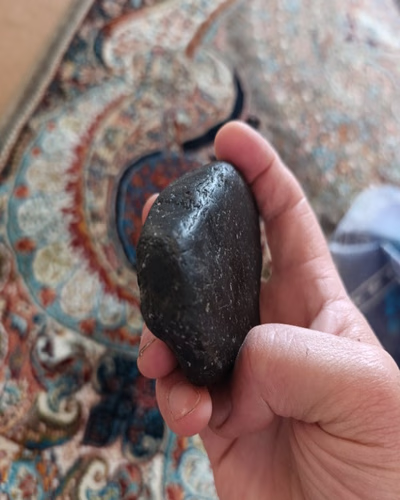 Iran
Meteorite
Iran
Meteorite
It is a black stone that has grains like glass throughout the stone, and one side of the stone is melted with grains that I mentioned, like glass, ver...Details
-
 Mohammad 1 months ago
Mohammad 1 months ago Yemen
Meteorite
Yemen
Meteorite
It was obtained on 2/1/2025. The meteorite has been confirmed to have a strong attraction with a magnet and is very heavy.Details
-
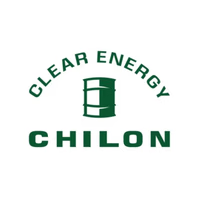 Llc \`Chilon Lubricants\` 2 months ago
Llc \`Chilon Lubricants\` 2 months ago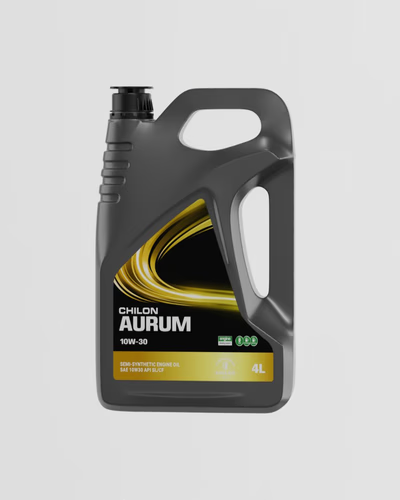 Uzbekistan
High-quality of car engine oils, motor oils and lubricants
Uzbekistan
High-quality of car engine oils, motor oils and lubricants
We specialize in the production of a wide range of high-quality motor oils and lubricants. Our products are designed to meet the needs of various indu...Details
-
 Ahjar Raye 2 months ago
Ahjar Raye 2 months ago Iraq
Meteorite
Iraq
Meteorite
MeteoriteDetails
-
Cassiterite Trade Dynamics in West Asia and Middle East
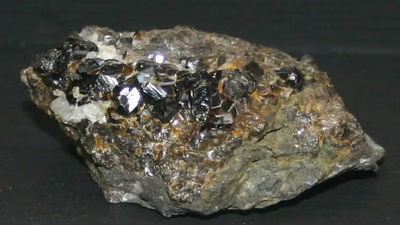
Cassiterite, a mineral essential for tin extraction, holds significant value in global trade, especially within West Asia and the Middle East. This region"s mineral trade platforms, including tin ore, have emerged as pivotal hubs for connecting verified exporters and importers, fostering robust B2B marketplace dynamics. Cassiterite"s importance is underscored by its applications in electronics, construction, and industrial manufacturing, with significant demand from international markets driving local economies. Tin ore traders in the Middle East operate within a sophisticated supply chain powered by regional insights and AI-driven tools like Aritral, which facilitate product listings and direct communication between stakeholders. The supply and demand dynamics of cassiterite in West Asia are influenced by resource availability, regional mining capabilities, and global market trends. The mineral contributes to economic diversification, reducing dependence on oil exports by fostering mineral-based industries. Verified exporters and importers play a critical role in ensuring quality control and international compliance, enhancing the credibility of the regional cassiterite trade. Beyond cassiterite, other minerals such as bauxite, chalcopyrite, chromite, hematite, galena, sphalerite, and coal are integral to West Asia"s economy.
For instance, bauxite trade supports aluminum production, while chalcopyrite and sphalerite bolster copper and zinc markets, respectively. Chromite, crucial for steel production, and hematite, a primary iron ore, further strengthen the region"s economic framework. These minerals collectively shape the region’s supply chain dynamics and international trade relations, aided by innovative trade platforms offering advertising and networking solutions. Aritral simplifies the trading process by enabling profile management, AI-powered marketing, and global sales assistance, bridging gaps between suppliers and consumers in the mineral industry. As West Asia continues to develop its mineral trade capabilities, cassiterite remains a cornerstone, driving economic growth and fostering international collaboration.
-
Chalcopyrite Trade Dynamics in the Middle East and West Asia

Chalcopyrite, a vital copper sulphide mineral, plays an essential role in the global trade landscape, particularly within the Middle East and West Asia. The region"s rich mineral reserves have positioned it as a critical hub for copper ore trade, connecting suppliers and traders to international markets. Chalcopyrite is widely sought after by industries producing electrical wire, construction materials, and advanced electronics, making it a high-demand commodity for importers and exporters. In West Asia, chalcopyrite mining operations contribute significantly to the copper supply chain, supporting regional economies while feeding global demand for copper products. Verified exporters and importers on B2B marketplaces in Asia are leveraging platforms to streamline their operations, ensuring secure transactions and efficient logistics solutions. Middle Eastern traders, enriched by market insights and trade advertising platforms, are increasingly penetrating international markets by promoting regional product listings of chalcopyrite and other minerals such as chromite, hematite, bauxite, galena, sphalerite, coal, and cassiterite. The Middle Eastern chalcopyrite market benefits from its proximity to major shipping routes and robust business networking opportunities. West Asian suppliers are particularly pivotal in bridging the gap between consumers and sellers of copper metal ore, fostering collaboration across supply chains.
As demand grows, businesses in the region are investing in advanced extraction technologies and trade solutions, enhancing their competitiveness. Aritral, an AI-driven B2B platform, provides a streamlined avenue for chalcopyrite traders in Asia and the Middle East to connect with verified partners and expand their market reach. Its tools for product listing, communication, and AI-powered marketing are tailored to meet the dynamic challenges of the commodity trade sector. "
-
Chromite Trade Dynamics in West Asia and the Middle East
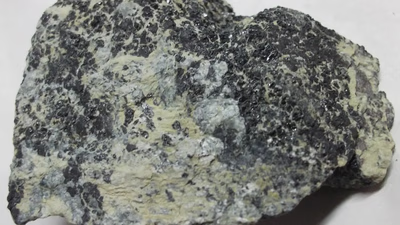
Chromite, a vital mineral for stainless steel production and other industrial applications, holds significant importance in the global commodity trade. West Asia, particularly the Middle East, has emerged as a critical hub for chromite trading, leveraging its strategic location and expansive trade networks. This region"s chromite market is characterized by strong demand from Asian merchants of chrome metal ore, connecting verified exporters and importers through platforms that facilitate seamless transactions. Chromite deposits in West Asia, though smaller compared to global leaders like South Africa and Kazakhstan, are pivotal for regional supply chains. These deposits often serve as intermediate sources for Asian markets, ensuring consistent availability for industrial needs. The Middle East"s trade platform ecosystem actively supports chromite marketing and trading by offering regional product listings, market insights, and business networking opportunities. Verified exporters and importers utilize these platforms to streamline supply chain operations, ensuring reliability and trust in transactions. Platforms advertising trade opportunities for chromite ore often integrate AI-driven tools to enhance visibility and efficiency.
In addition to chromite, West Asia excels in trading minerals like hematite, bauxite, galena, sphalerite, coal, cassiterite, and chalcopyrite. Iron ore suppliers in Asia capitalize on the hematite trading market, driven by demand for steelmaking. Similarly, bauxite trade flourishes due to its importance in aluminum production, while galena and sphalerite cater to lead and zinc industries, respectively. Coal remains indispensable for energy, and cassiterite supports tin production. Chalcopyrite, a primary copper ore, shapes the region"s economic landscape through its critical role in global mineral exports. Platforms like Aritral simplify international trade in these commodities by offering product listings, AI-powered marketing, and profile management. As West Asia continues to grow its mineral trade portfolio, its role in shaping global supply chains becomes increasingly prominent. "
-
Coal Trade Dynamics in West Asia and Middle East
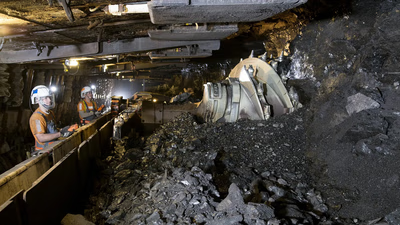
Coal remains a cornerstone of global energy markets, playing a pivotal role in industrial development. In West Asia and the Middle East, coal trade dynamics are influenced by a growing demand for reliable energy sources and industrial raw materials. West Asian coal traders and suppliers engage actively in regional export-import activities, leveraging B2B marketplaces that emphasize verified exporters and importers to ensure trust and quality in transactions. This region"s coal trade is characterized by strong supply chain solutions and market insights, allowing businesses to navigate fluctuating demand and regulatory complexities efficiently. Coal producers and consumers across Asia have developed robust networks to meet energy and industrial needs, with high demand markets in East Asia driving exports. Target markets for coal exports from West Asia include countries like India and China, which consume substantial quantities for electricity generation and steel production. These trade flows are facilitated by platforms offering detailed regional product listings, enabling buyers to locate verified suppliers efficiently. The coal trade also intersects with other mineral trading activities in West Asia, including bauxite, chromite, chalcopyrite, hematite, galena, cassiterite, and sphalerite.
Each mineral contributes uniquely to the regional economy, with bauxite supporting aluminum production, chromite essential in steelmaking, and sphalerite critical for zinc supply chains. B2B marketplaces in this region, such as Aritral, simplify these transactions through AI-powered marketing and profile management tools, ensuring businesses connect seamlessly. Market trends indicate that coal consumption in West Asia is expanding due to industrial growth, while exports remain robust to meet global energy demand. Verified exporters and importers play a crucial role in maintaining the integrity of these trade relationships, underscoring the importance of advanced trade advertising platforms for business networking. Coal’s significance in energy security and industrial development ensures sustained economic impact in West Asia and the Middle East. "
-
Galena and Mineral Trade in the Middle East: Trends and Insights
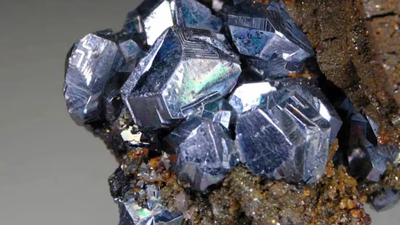
Galena, a natural lead sulfide mineral, is a cornerstone resource in the Middle East and West Asia"s mineral trade. Its prominence in the region stems from abundant reserves and strategic trade platforms that facilitate the import, export, and sale of this key commodity. Verified exporters and importers play a pivotal role in ensuring streamlined supply chain solutions, meeting the demand for lead ore across multiple industries, including batteries, construction, and electronics. Countries like Turkey, Iran, and Saudi Arabia are critical players in the galena trade, leveraging their geographic positioning within crucial trade corridors. The galena market in the Middle East is heavily influenced by global demand, with the Asian galena ore market acting as a significant export destination. West Asia"s reserves, including some of the largest galena mines globally, make it a hub for supply. This mineral trade not only supports local economies but also strengthens the region"s position in global commodity markets. While advancements in mining technology enhance extraction efficiency, platforms like Aritral ensure that trade is transparent, connecting suppliers with verified buyers.
Parallel to the galena market, other minerals such as bauxite, sphalerite, coal, cassiterite, chalcopyrite, chromite, and hematite drive economic activity across the region. For instance, the bauxite trade significantly impacts the aluminum industry, while chromite supports global steel production. Similarly, sphalerite, the primary ore of zinc, and cassiterite, vital for tin production, see robust trade dynamics. These commodities are central to the Middle East"s mineral economy, supported by innovative B2B platforms offering market insights, regional product listings, and trade advertising solutions. Aritral, an AI-driven B2B platform, simplifies the complexities of mineral trade by offering services like product listing, direct communication, and AI-powered marketing, fostering seamless transactions across borders.
-
Hematite Trade and Mineral Economy in West Asia
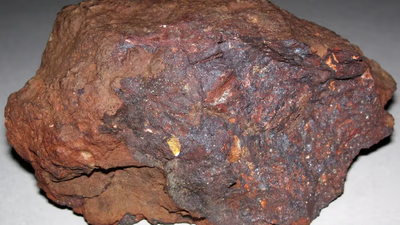
Hematite, a primary source of iron ore, plays a vital role in the mineral trade ecosystem across West Asia and the Middle East. This region has become a dynamic hub for import and export of raw materials like hematite, bauxite, galena, sphalerite, coal, cassiterite, chalcopyrite, and chromite. The hematite trade market in the Middle East is particularly robust, driven by high demand from industries such as steel production and construction. Verified exporters and importers in West Asia leverage platforms like Aritral to streamline their supply chain solutions and access regional product listings effectively. The supply and demand for hematite in West Asia have been fueled by large-scale mining operations and the strategic location of the Middle East, which acts as a trade bridge between Asia, Europe, and Africa. Iron ore suppliers in Asia capitalize on this regional connectivity to export hematite minerals to markets worldwide. Business networking efforts in West Asia further enhance partnerships between hematite traders and buyers, ensuring seamless trade transactions. Other minerals such as bauxite, galena, and sphalerite also contribute significantly to the commodity trade.
Bauxite, a critical input for aluminum production, has witnessed growing trade volumes in West Asia, driven by increasing industrial activities. Similarly, galena and sphalerite, essential for lead and zinc extraction, are key contributors to the mineral trade economy. Coal, cassiterite, chalcopyrite, and chromite round out the list, with each playing a pivotal role in shaping the economic landscape of the region. Platforms like Aritral support these trading dynamics by offering AI-powered marketing and international sales assistance. By simplifying regional trade processes, they facilitate growth opportunities for mineral businessmen and traders in the Middle East and West Asia.
-
Sphalerite Trade Insights: Middle East and West Asia Zinc Ore Market
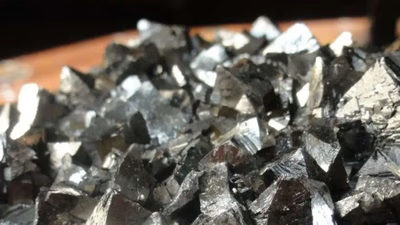
Sphalerite, a critical zinc ore mineral, plays a vital role in global trade, particularly in West Asia and the Middle East. As the primary source of zinc, sphalerite fuels industries ranging from construction to electronics. The mineral"s trade dynamics are tightly linked to the region"s economic development, with verified exporters and importers facilitating seamless transactions through modern B2B marketplaces and supply chain solutions. In the Middle East, the sphalerite mineral trade thrives on robust regional product listings and market insights, empowering traders to meet industrial demands efficiently. The demand for zinc ore in Asia is driven by infrastructure development and technological advancements, making West Asia a pivotal hub for sphalerite producers and consumers. Verified exporters ensure quality and compliance, while trade advertising platforms foster business networking opportunities. This enables suppliers to navigate complex supply chain requirements and reach broader markets. The largest sphalerite mines globally often contribute to this regional supply chain, bolstered by cutting-edge trade platforms.
Economic impacts are evident as sphalerite trade strengthens industries, generates employment, and boosts regional GDP. West Asia"s proximity to key global markets further positions it as a strategic node in the commodity trade. Insights into market trends reveal steady growth in zinc ore demand, offering lucrative opportunities for both established and emerging traders. Aritral, an AI-driven B2B platform, simplifies international trade by providing tools for product listings, AI-powered marketing, and direct communication. By connecting verified exporters and importers, platforms like Aritral optimize the sphalerite trade and other mineral markets, enhancing efficiency and growth across West Asia and the Middle East. "
-
Bauxite and Mineral Trade in West Asia and Middle East
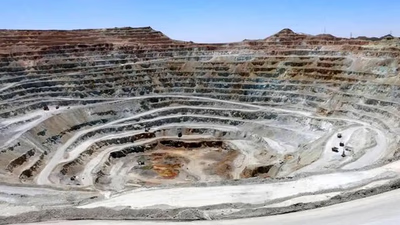
Bauxite, the primary source of aluminum, plays a critical role in global trade, particularly in the Middle East and West Asia. As industries in this region grow, demand for bauxite ore has surged, creating opportunities for both regional and international suppliers. West Asia"s bauxite trade market has become increasingly dynamic, with verified exporters from countries like India and Indonesia supplying aluminum ore to meet industrial needs. The Middle Eastern bauxite ore market is expanding due to its strategic location as a hub for global import and export activities, supported by robust supply chain solutions and advanced trade platforms. The economic impact extends beyond bauxite. Minerals like galena (lead ore), sphalerite (zinc ore), coal, cassiterite (tin ore), chalcopyrite (copper ore), chromite, and hematite are shaping the trade dynamics in the region. Verified exporters and importers of galena, for instance, contribute significantly to the lead industry, while sphalerite supports zinc production across Asia. Similarly, coal trade remains essential for energy needs, with West Asian suppliers playing a pivotal role in regional markets.
Cassiterite, chalcopyrite, chromite, and hematite also drive mineral trade, influencing production chains for tin, copper, ferroalloys, and steel, respectively. The bauxite trade is particularly impactful due to its downstream applications in aluminum manufacturing, essential for construction, transportation, and packaging industries. As demand rises, businesses leverage B2B marketplaces, such as Aritral, to streamline trade operations. These platforms offer verified supplier networks, market insights, and AI-driven marketing tools to enhance regional and international trade. By fostering transparency and efficiency, such platforms are instrumental in reshaping the mineral economy of the Middle East and West Asia. The integration of technology and trade expertise ensures that bauxite and other mineral markets continue to thrive in this economically vibrant region. "
-
Minerals Trade in the Middle East
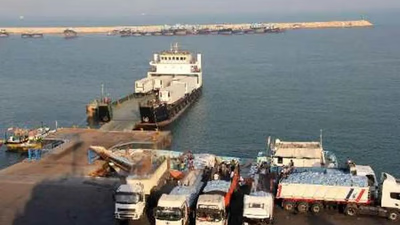
The Middle East is a significant player in the global mineral trade, primarily due to its vast oil and gas reserves. Countries like Saudi Arabia, Iran, Iraq, Kuwait, and the UAE dominate this sector, with oil and gas extraction being crucial. The region also has rich bauxite deposits, particularly in Iran and Saudi Arabia, which are essential for aluminum production. Additionally, phosphate rock deposits in Morocco, Jordan, and Saudi Arabia contribute to fertilizer manufacturing, supporting agriculture. The trade of precious metals and gemstones, including gold and turquoise, enhances the luxury goods market. Industrial minerals such as gypsum, limestone, and silica are vital for construction and manufacturing industries. The Middle East is recognized as the largest producer of minerals globally, with over 60 types extracted from numerous mines. The mineral export market is lucrative, with exports valued in the hundreds of billions, driven by both metallic and non-metallic materials.
Key minerals include copper, iron ore, and chromium, with rising export duties impacting trade dynamics. The region"s iron ore, essential for steel production, is complemented by imports from Brazil, Australia, and Ukraine. Copper mining and smelting operations are active in Iran, Turkey, and Oman, meeting both local and international demands. The macroeconomic policies of Middle Eastern countries aim to boost mineral exports to reach a trillion dollars, showcasing the sector"s importance to the regional economy.
-
What are the Characteristics of Minerals?
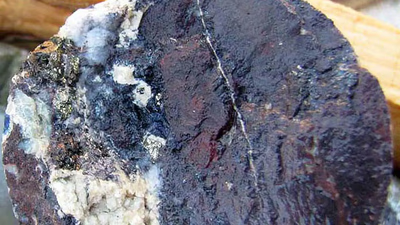
Mineral ores are valuable due to their mineral or metal content, influenced by market demand, extraction costs, and processing feasibility. Ores vary in concentration, from low-grade to high-grade, impacting their economic viability. Key characteristics of minerals include being solid, having a crystalline structure, occurring naturally, and possessing a specific chemical composition. The accessibility of ore deposits, determined by factors like depth and location, affects mining feasibility. Minerals exhibit various physical properties such as color, streak, diaphaneity, density, cleavage, fracture, and hardness, which are essential for identification. Geological processes shape ore formation, with deposits varying in size and shape, influencing extraction methods. The ore grade indicates the concentration of valuable minerals, with higher grades being more economically favorable. Understanding these characteristics is crucial for stakeholders in the Middle East trade platform and B2B marketplace Asia, as they navigate commodity trade and supply chain solutions.
-
Identification of ore minerals
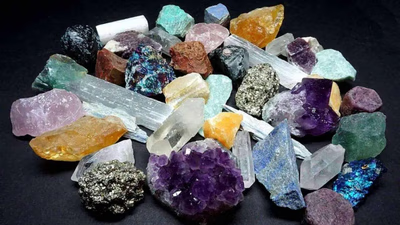
Accurate identification of ore minerals is crucial for minerals merchants, enabling them to assess quality, grade, and purity, which directly impacts market value. This expertise allows merchants to negotiate fair prices and stay informed about market trends and pricing dynamics. By understanding demand and supply, they can identify emerging opportunities and make informed pricing decisions, maximizing profit margins. Additionally, knowledge of mineral identification mitigates risks associated with trading, including transportation and storage challenges. Merchants can differentiate themselves by offering specialized services, attracting clients who prioritize accurate mineral identification. Various techniques, such as visual examination, X-ray diffraction (XRD), and chemical tests, are employed to determine mineral species. These methods provide insights into physical properties, chemical composition, and unique spectral signatures. The ability to identify minerals also opens avenues for value-added services like testing and certification, enhancing customer trust and relationships. Furthermore, merchants can expand their product range and cater to diverse market segments, ultimately fostering long-term partnerships with clients who value expertise in mineral quality and authenticity.
-
High Quality Mineral Ore of the Middle East

The Middle East, particularly West Asia, is rich in various mineral resources essential for global industries. Key minerals include bauxite, which is the primary source of aluminum, with significant deposits in Iran, Saudi Arabia, and Turkey. Phosphate rock, crucial for fertilizers, is abundant in Jordan, making it one of the largest exporters globally. Copper ore, primarily sourced from Iran, Turkey, and Oman, supports construction and electronics industries. Hematite, the main iron ore, is also found in these countries, vital for steel production. While the region has limited coal resources, small deposits exist in Turkey and Iran. Other minerals like chalcopyrite, chromite, and sphalerite are present but not as prominent. The importance of quality assurance in mineral exports cannot be overstated, as customers often require detailed analyses of shipments.
Exporters must identify reliable suppliers and provide competitive pricing based on quality assessments. This focus on quality and compliance with customer specifications is crucial for maintaining a good reputation in the trade.
-
What is mineral ore?
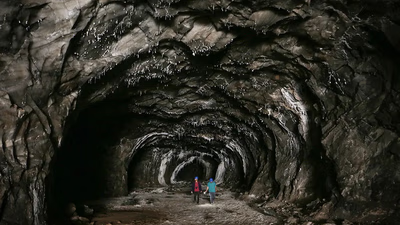
Mineral ores are naturally occurring rocks or sediments containing valuable minerals or elements that can be extracted for various industrial purposes. Formed through geological processes over millions of years, these ores are characterized by their economic value and the concentration of minerals. They serve as primary sources for extracting metals like iron, copper, and gold, as well as non-metallic minerals used in agriculture and energy production. The Earth"s crust comprises over 4000 minerals, with a significant portion made up of eight key elements. Extraction involves mining, crushing, grinding, and refining to separate desired minerals from waste material. The evaluation of mineral ores is crucial in geology and mining, with experts assessing factors such as mineral composition and economic viability to determine the feasibility of mining operations. Understanding the characteristics and processes related to mineral ores is essential for businesses engaged in the Middle East trade platform and B2B marketplaces in Asia, facilitating effective supply chain solutions and regional product listings."





































